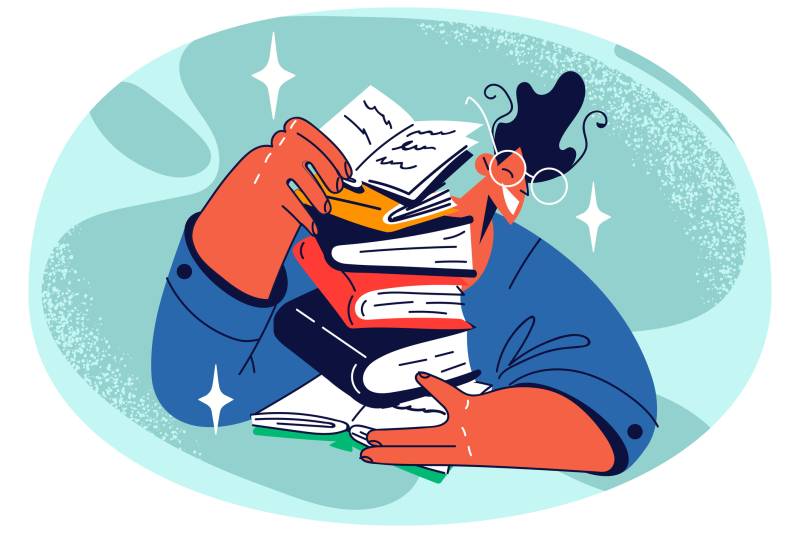Many teachers excel at stocking their shelves with books featuring characters of diverse abilities, races and socioeconomic statuses. However, representation of size diversity, particularly with regard to fat main characters, is often overlooked. The absence of differently sized characters has far-reaching implications for students because students’ engagement and motivation in reading are influenced by the presence of relatable protagonists. Rudine Sims Bishop’s “windows, mirrors and sliding glass doors” framework underscores the roles books play for learning about others, reflecting aspects of oneself, and facilitating exploration.
“Fat is viewed as profane,” said Dywanna Smith, a former English teacher who focused her dissertation on establishing safe spaces for Black girls to discuss body size. She emphasized that when fat students lack representation or only encounter characters who reinforce fat bias, it sends the message that they do not belong. This bias, known as fatphobia, involves discrimination against people based on their overweight or obese body size. Experiencing weight stigma has lasting effects: A 2012 study in the journal Obesity found that weight stigma did not motivate weight loss but can result in isolation and avoidance, among other coping strategies. Overweight or obese kids also are often victims of bullying, which is correlated with increased suicide-related behavior.
Every student deserves access to books with relatable stories that foster a sense of inclusivity and cultivate a love for reading. Teachers can explore ways to critically examine the presence of fat characters in literature and seek books that portray fat protagonists in all of their complexity.
Not all representation is good representation
The literary landscape includes few fat characters who follow well-worn storylines. “Their size is one of the main conflicts of the story and typically it (has) to be resolved with that person losing weight,” said Smith. Caitlin O’ Connor, a language arts teacher from New York who presented on fat positivity at the National Council of Teachers of English conference last year, added that plot lines where fat characters lose weight can be harmful because it communicates fat characters are only likable if they are committed to getting smaller.
Fat characters are often subject to harmful stereotypes. “It’s not just the presence of fat characters that we need. It’s the good representation of fat characters that we need. We need them to be represented as whole people with stories and lives that are full, that matter, that aren’t just a list of tropes,” said O’Connor. She cited Piggy, a character described as fat from Lord of the Flies, as an example. “He’s constantly called fat and framed as lesser than,” she said, adding that the way that Piggy is treated throughout the book suggests fat people are deserving of name calling and bullying. Other common tropes include framing fat characters as unable to decide what is best for themselves, having fraught relationships with food, or being uninterested in athletic activities. O’Connor emphasized that fat characters should not be confined to proving thin people’s physical superiority or serving as comic relief.


